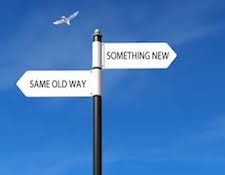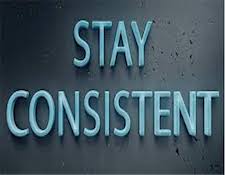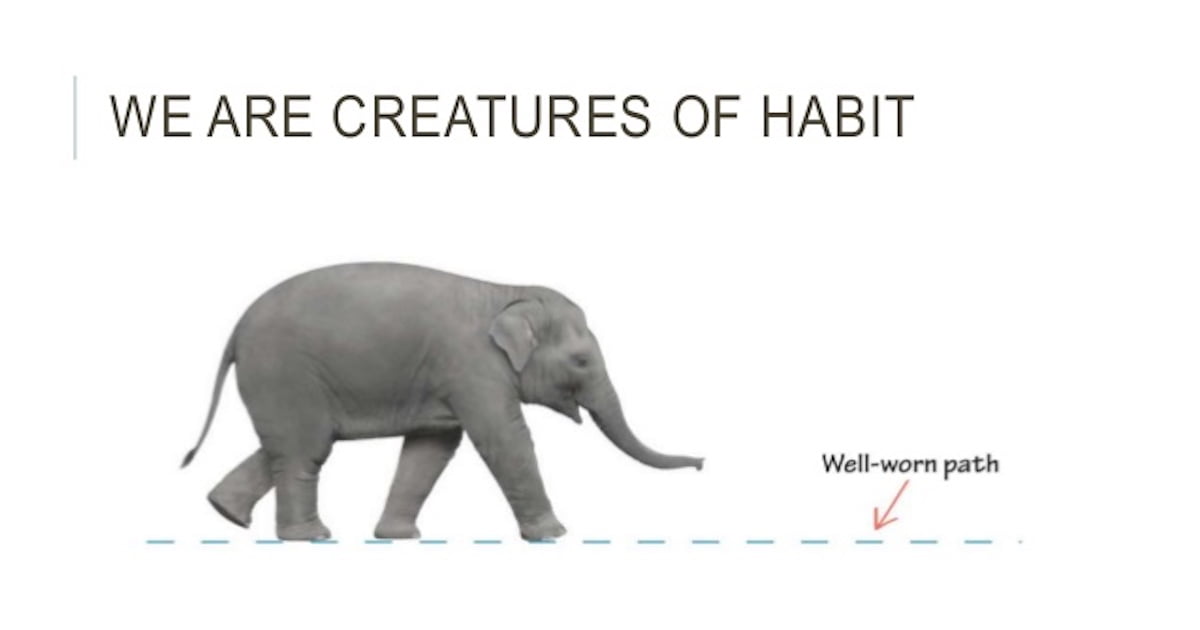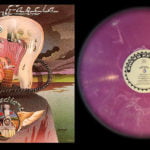It’s the time of year for saving money!
We all may very easily have certain preferences or ways we like to do things. Maybe a favorite meal at a specific restaurant we eat each time we’re there, or perhaps a certain brand and model car we seem to buy over and over again. This shouldn’t be so very surprising since such actions bring not only complacency, they also foster a sense of contentment knowing that such choices comply with personal preferences.
 One goal I have always tried to accomplish in my system is audio purity. I have always wanted the sound leaving the speakers to be as close to the original recording as possible. Towards that end, I have chosen components and cables that, at least in my view and to my own aural checklist, serve to accomplish this goal.
One goal I have always tried to accomplish in my system is audio purity. I have always wanted the sound leaving the speakers to be as close to the original recording as possible. Towards that end, I have chosen components and cables that, at least in my view and to my own aural checklist, serve to accomplish this goal.
I have also made extensive use of vibration absorption devices consisting of footers under equipment and even platforms, all of which are intended to do one thing – lower the noise floor. And why not, less noise, or more aptly distortion, means a cleaner, purer, more lifelike musical presentation. This is, of course, a goal any audiophile will easily support.
About two years ago I was in the market for a new DAC. I felt my then DAC fell into another of my system methodologies – the weak link in the chain. Basically, I felt my DAC wasn’t in step with the rest of the digital section of my system. It was time for a trade in.
 My new DAC had a number of filter and up sampling options. Just as, I’m guessing, many DAC’s today will do, my new unit had the ability to tailor the sonic presentation to suit the listeners own sense of musical style and taste. From a filter standpoint, I could have no filter, or filters that changed according to the input frequency or held steady at about 80kHz irrespective of the input. All totaled, there are five filter settings from which to choose. As to up sampling, the choices range from the original input signal, to 2X, 4X, and DSD. Since my DAC was released, it is not uncommon for modern versions to have up sampling of 10X or more.
My new DAC had a number of filter and up sampling options. Just as, I’m guessing, many DAC’s today will do, my new unit had the ability to tailor the sonic presentation to suit the listeners own sense of musical style and taste. From a filter standpoint, I could have no filter, or filters that changed according to the input frequency or held steady at about 80kHz irrespective of the input. All totaled, there are five filter settings from which to choose. As to up sampling, the choices range from the original input signal, to 2X, 4X, and DSD. Since my DAC was released, it is not uncommon for modern versions to have up sampling of 10X or more.
After reading reviews and my own listening tests, I selected a filter and DSD, which in all honesty was as much of a more is more type of belief than anything else. If no up sampling sounded good, then DSD would certainly sound worlds better, right? These became my global settings and the norm for almost two years – and how, since installing it, I’ve been listening to music. Guess what? All the while I’ve been wrong.
A couple of months ago in an hour long conversion with an equipment designer our discussion turned to the subject of filters and up sampling. Basically, I ventured into this conversation secure in the knowledge that my settings were bang on perfect. My friend proceeded to tell me that he had been playing with filter settings himself on his own equipment and his perspective had changed. He also told me that, in his view, and because up sampling is technically a mathematical algorithmic equivalent, not a change to the source recording, the potential existed for a negatively impactful change to the sonic presentation. I hung up the phone with profound curiosity to see if my own long held settings, in which I had steadfastly believed, were correct.
 True to the recording, in hindsight, seems to counter the notion of up sampling. So the first change I made was to switch the DAC to “ORG,” or no up sampling. Much to my surprise, I immediately noticed a much more relaxed presentation. The highs were less forward and not as bright – something I had long suspected but essentially dismissed. I also noticed that the bass sounded more clear and, dare I say, had slightly more punch. In fact, I was so pleased with what I as hearing I could have stopped right there. Due diligence made me go through the rest of the up sampling options before I eventually settled back on “ORG.”
True to the recording, in hindsight, seems to counter the notion of up sampling. So the first change I made was to switch the DAC to “ORG,” or no up sampling. Much to my surprise, I immediately noticed a much more relaxed presentation. The highs were less forward and not as bright – something I had long suspected but essentially dismissed. I also noticed that the bass sounded more clear and, dare I say, had slightly more punch. In fact, I was so pleased with what I as hearing I could have stopped right there. Due diligence made me go through the rest of the up sampling options before I eventually settled back on “ORG.”
Filter settings presented a bit more of a challenge and were not as easy to detect. However, after a couple of hours I finally settled on the setting S_DLY1 which filters cut off frequency changes according to the input sampling frequency. Over the course of the next month I kept changing the up sampling and filter combinations around and I always came back to my “new” global setting of “ORG” and “S_DLY1.” These settings sound so much more pleasing to me I sit in bewilderment wondering how I listened to music any other way, and for two years no less.
 Going through this has taught me several lessons. One, it doesn’t hurt to change the status quo every so often. What were previously the correct settings on a DAC (or for that matter any other component) may not necessarily be the right ones today. There is also the possibility that personal likes may have changed or even our level of knowledge or understanding of sonics has changed. It also made clear that every so often a little experimenting is a good thing – particularly after any other system changes have been made. In my system, in the two years since I purchased my DAC, my system has seen numerous changes – from cables, to components, to software upgrades, to room treatments – so the likelihood that two-year-old DAC settings are still correct are, by and large, an unwise belief structure.
Going through this has taught me several lessons. One, it doesn’t hurt to change the status quo every so often. What were previously the correct settings on a DAC (or for that matter any other component) may not necessarily be the right ones today. There is also the possibility that personal likes may have changed or even our level of knowledge or understanding of sonics has changed. It also made clear that every so often a little experimenting is a good thing – particularly after any other system changes have been made. In my system, in the two years since I purchased my DAC, my system has seen numerous changes – from cables, to components, to software upgrades, to room treatments – so the likelihood that two-year-old DAC settings are still correct are, by and large, an unwise belief structure.
I still have certain meals I always seem to order at a specific restaurant. And I’m on the fifth version of the same model and brand of car so its patently obvious that like a lot of people, I have my own preferences. When it comes to audio where the only constant is a certain amount of change, I think in the future I won’t be quite so narrow minded. Sonic purity is, after all, my main goal.








